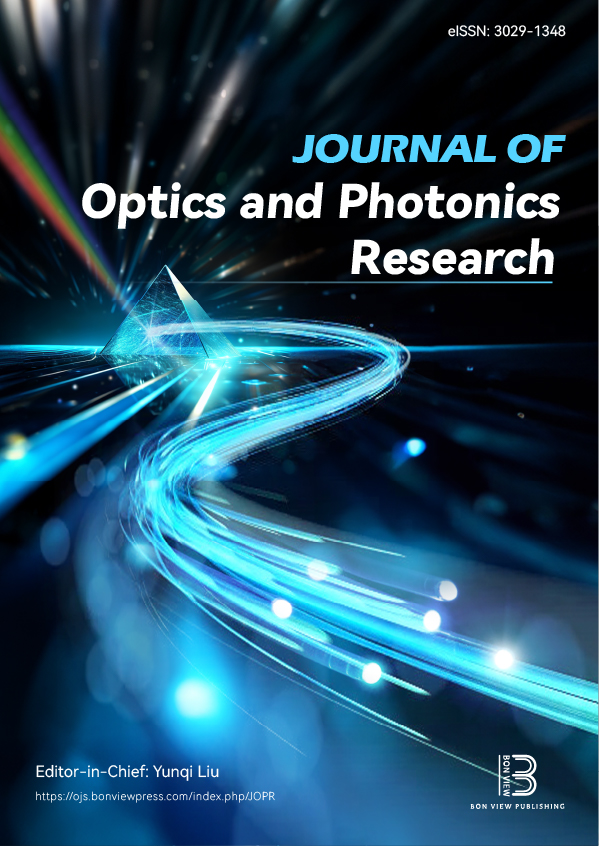Deep Learning Model-Based Adaptive Power Transfer in FSO Communications
DOI:
https://doi.org/10.47852/bonviewJOPR52024929Keywords:
free-space optical communications, channel reciprocity, channel state information, adaptive power transmissionAbstract
In bidirectional atmospheric channel transmission with channel reciprocity, the correlation between two transmission channel turbulence noises is high, and different techniques can be used to extract channel state information (CSI) in forward transmission, and adaptive power techniques can be used to inhibit turbulence effects in reverse transmission to improve the performance of free-space optical (FSO) systems. In atmospheric FSO communication systems, the scintillation response from turbulence effects increases the bit error rate (BER) of the communication system and reduces the system performance. In this paper, we propose two different adaptive power transmission (APT) techniques, namely gated recurrent unit (GRU)-based APT with cascading LPF and recurrent neural network (RNN)-based APT with cascading LPF, which utilizes the CSI of the channel for adaptive transmission to reduce BER. The proposed adaptive power transfer technique can improve the BER performance of the system and effectively mitigate the scintillation effect caused by atmospheric turbulence on the FSO communication system. A bidirectional atmospheric channel with different turbulence intensities is constructed in the simulation software, different background noises are added to change the channel reciprocity, the effect of reciprocity on the signal transmission is investigated, and the performance of different deep learning models in bidirectional channels. The future development of the technique is promising. According to the simulation results, APT technology based on deep learning achieves a lower bound that stabilizes at 10−4 ∼10−5 in turbulent channels under high signal-to-noise ratio conditions. Specifically, the LPF-RNN-APT technology excels due to its lightweight structure and parameter efficiency, delivering outstanding performance in strongly symmetric channels.
Received: 30 November 2024 | Revised: 24 March 2025 | Accepted: 18 June 2025
Conflicts of Interest
The authors declare that they have no conflicts of interest to this work.
Data Availability Statement
Data are available on request from the corresponding author upon reasonable request.
Author Contribution Statement
Wen-Yao Liu: Investigation, Resources, Data curation, Writing – original draft, Visualization. Yan-Qing Hong: Conceptualization, Methodology, Validation, Formal analysis, Writing – review & editing, Supervision, Project administration. Xu Liu: Software, Validation, Resources. Xue-Heng Chen: Data curation, Writing – review & editing. Peng-Fei Lv: Formal analysis, Writing – review & editing.
Downloads
Published
Issue
Section
License
Copyright (c) 2025 Authors

This work is licensed under a Creative Commons Attribution 4.0 International License.


